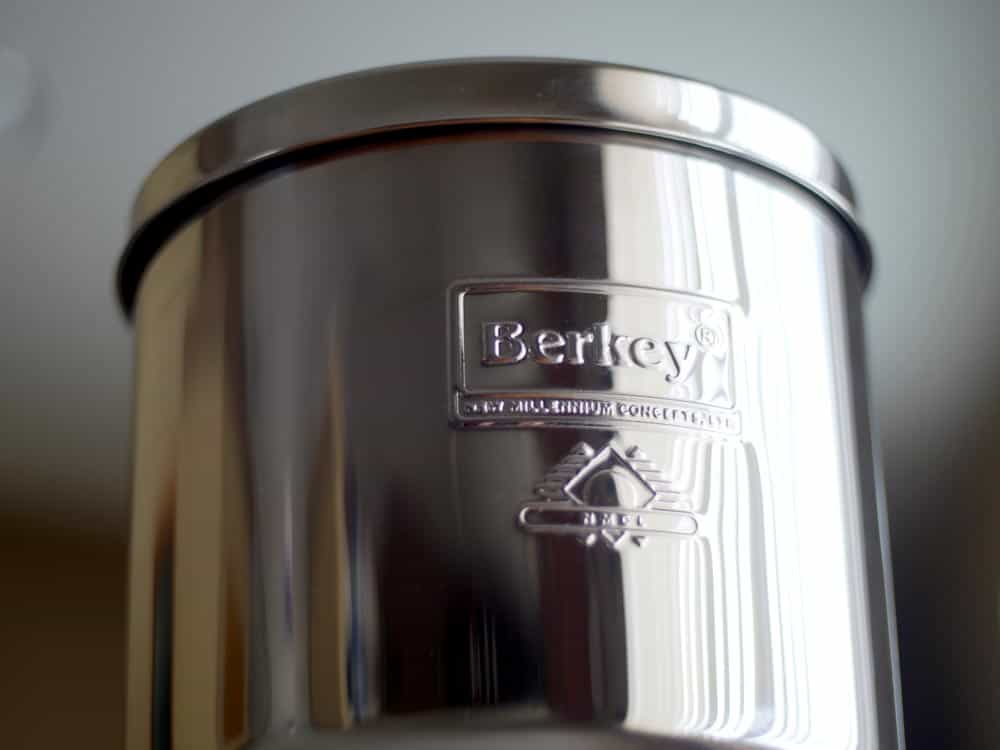When outdoors in the wilderness or when a disaster strikes, access to safe drinking water turns out to be crucial for survival. It is then always advisable to be prepared beforehand with the proper materials and knowledge in water purification for survival.
Here are the best tools out there to keep your water pure:
Katadyn filters
The Katadyn Group website even has a filter search to help buyers find the most suitable filtration system for them. Aside from a variety of sizes, Katadyn water filters provide choices depending on the available water source and even has options on which contaminants to address.
Aside from standard microbial killing, Katadyn water filters are also able to address chemical contaminants, salt (desalinator for seawater sources), and possible bad tastes.
The Steripen
As their website claims, Steripen is the first-ever handheld ultraviolet water purifier in the market. Most of their models are reusable for up to 8,000 liters and are portable for travel, outdoors, and emergency needs.
Their product is a handy rechargeable light stick which is dipped in the contaminated water purification. Their edge would be quick and efficient microbe killing, though further or other methods of filtration and purification may be needed for chemicals and murkier water sources.
Using purification tablets
Purification tablets as its name suggests are chemicals in tablet form used to purify water mostly by killing contaminant microorganisms (though less likely for parasites).
Several factors to consider when employing this method includes the clarity of the water, the tablet’s expiration date, and the temperature of the water.
Common purification tablets include iodine, which must not be used excessively and sodium chlorite/ chlorine dioxide as employed in chlorination.
The Lifestraw
The Lifestraw is a portable filtering system introduced in 2005 whose concept, development, and prototype even goes way further in 1994 as a response to safe-drinking water issues.
As most filters, Lifestraw is only able to remove pathogens and not chemical contaminants.
Berkey water filters
Berkey water filters are available in several models that are able to produce the same quality of purified water and only differ in the amount of water collected.
Most of their bigger filter systems like the Travel Berkey or Berkey Light go into containers with a lid and replaceable spigot. All of which have several compartmentalized, reusable filter elements.
They also have specialty filters like for reduced fluoride (Berkey Fluoride filter) or for a handier system (Go Berkey or Sport Berkey).
Creating a Purifying System in the Wilderness
One commonly recommended DIY purifying system in the wilderness comes in the form of an improvised filter cone. To start, one would need a cone-like structure to hold the filtering materials.
Some suggest birch without the bark because it is flexible enough to be manipulated into a cone shape, then stabilized with a rope to prevent it from dismantling. A plastic bottle may also be used by cutting off its wider end and inverting it.
Once your cone is ready, invert it into a position as you would use a funnel. Secure its narrow end with some sort of mesh filter (e.g. non-poisonous grass mesh or cloth) to keep the filtering contents from falling into your collecting container.
Add sand as the bottom layer which will serve as your finer filtering material followed by charcoal (activated or as is) to kill off microorganisms then finished with a gravel layer to filter most of the gunk in your dirty water.
The key to maximizing the filtering power of this system is to pour your unfiltered water slowly. Filtering again and boiling afterward further ensures the water’s safety, but remember that these methods still do not get rid of unwanted chemicals from your collected water.
Boiling Water
The principle of boiling water is to kill contaminant microorganisms with heat. However, boiling water does not remove chemical contaminants such as toxic pesticides or petroleum and you may consider further filtration and purification methods to assure the water quality.
To boil water, you’ll need a source of heat like a stove or fire and an outdoor boiler or any heat-resistant container which can be made of metal, ceramic, or glass. To be safe, it is recommended to heat water to boiling point for at least 10mins then let it cool before drinking.
If you have time to acquire pre-made, artificial water filter systems, several brands have also been available in the market for your purchase ahead of need.
Conclusion
Making water purification systems can be simple and pre-made products have also been available in the market. When choosing a product or method, consider the situation, the amount of water output needed a water source, and contaminants you want to address.






